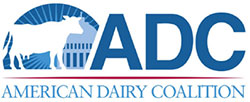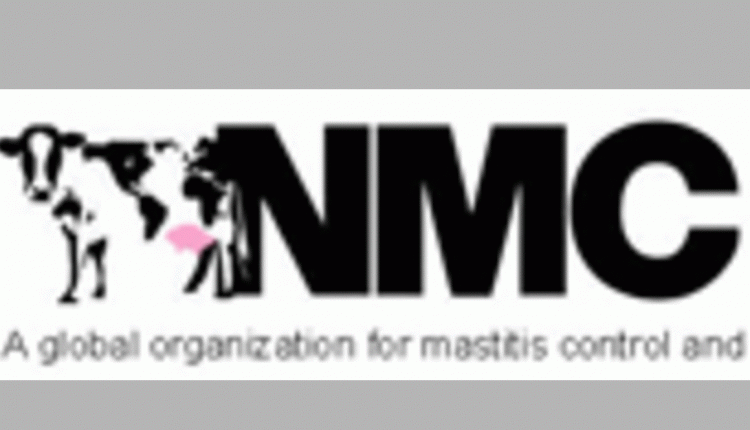
It's no secret that climate change is the latest weapon that activists are using against cows. Under pressure from the World Wildlife Fund and PETA, Starbucks recently announced their plans to lower their carbon footprint by actively encouraging customers to move away from dairy products in their drinks. Panera has followed suit, announcing plans to move to a 50% plant based menu. Celebrities and other influencers have increasingly used their platform to echo this same false narrative that plant based = sustainability.
This trend won’t stop with Starbucks. More and more state legislative policies are popping up across the nation to needlessly over-regulate dairy and livestock producers in the name of climate change. If we do nothing, its simply a matter of time before other major retailers, policy makers and influencers follow suit and actively drive consumers away from accessing dairy products. It's time to set the record straight.
Check out the Video From NZ that Highlights the Methane Mistake Being Made Worldwide
The current emissions assessment being used to attack livestock is missing two KEY items:
1. The methane that cattle emit is a SHORT lived climate pollutant. It only stays in the air for 10 years before being destroyed, compared to CO2 that stays in the air for 1,000 years and nothing destroys it. Therefore, CO2 is considered a "stock" gas and is additive.
2. Methane goes through a cycle, known as the Biogenic Carbon Cycle, It is considered a "flow" gas as the amount that is emitted is destroyed over time in this cycle...
- CO2 Grows the Grass
- Cows Eat the Grass
- Cows Belch Out Methane (CH4)
- Methane Breaks Down Into CO2 and this CO2 grows the grass...
- THE CYCLE STARTS ALL OVER AGAIN!
Bottom line: our cows have NOT added any additional warming over the past few decades. Global methane is in balance and our cows are not adding additional new methane to the atmosphere as long as we maintain a constant herd size.


